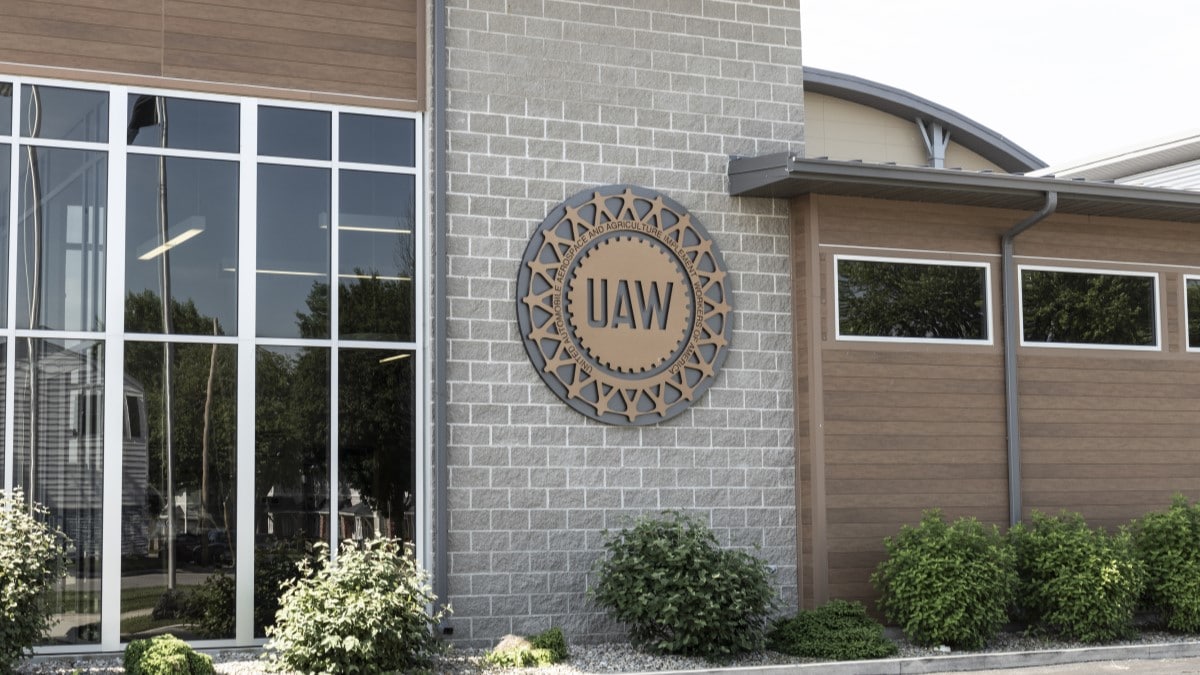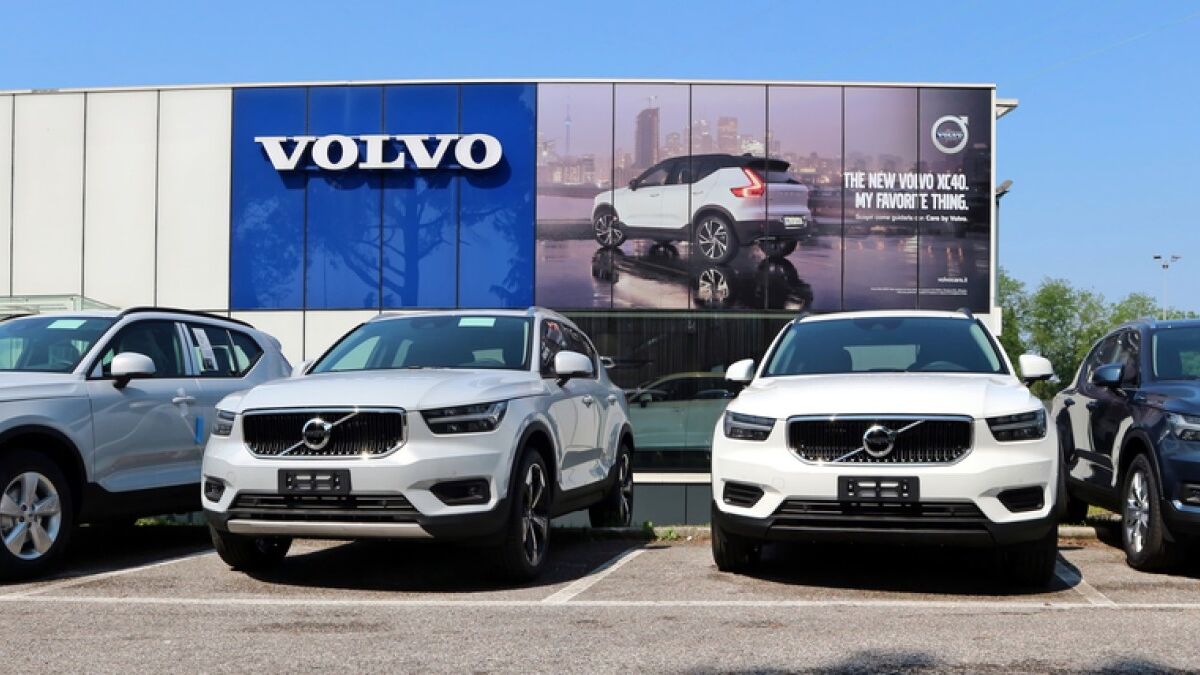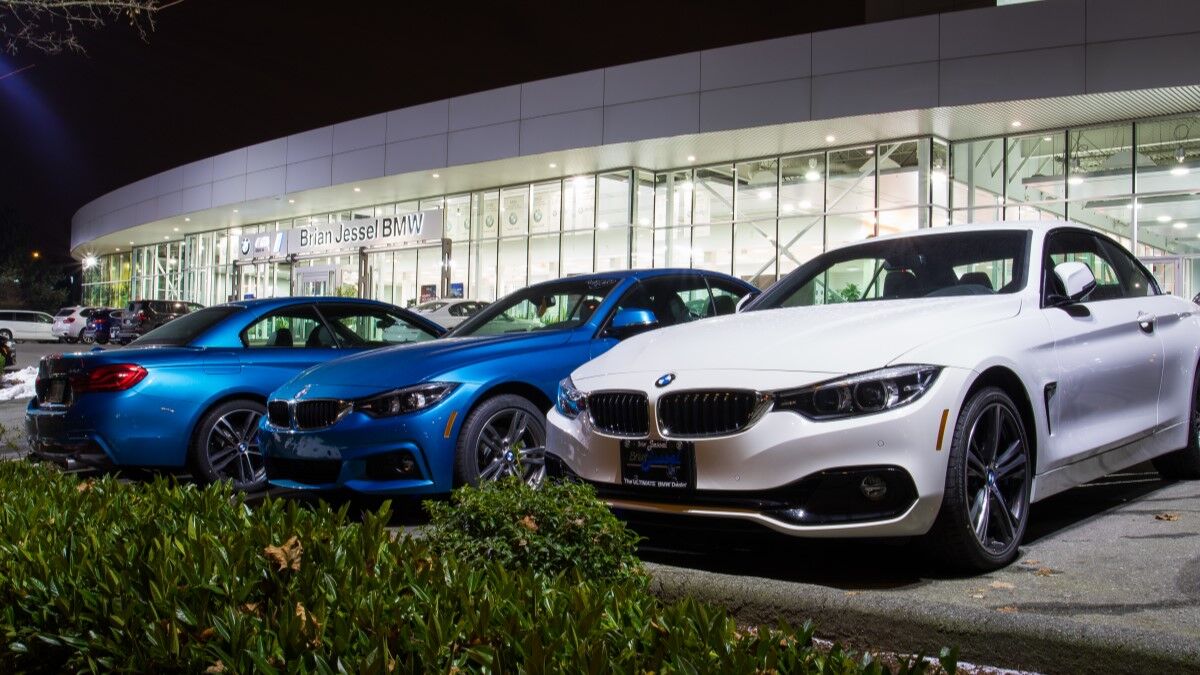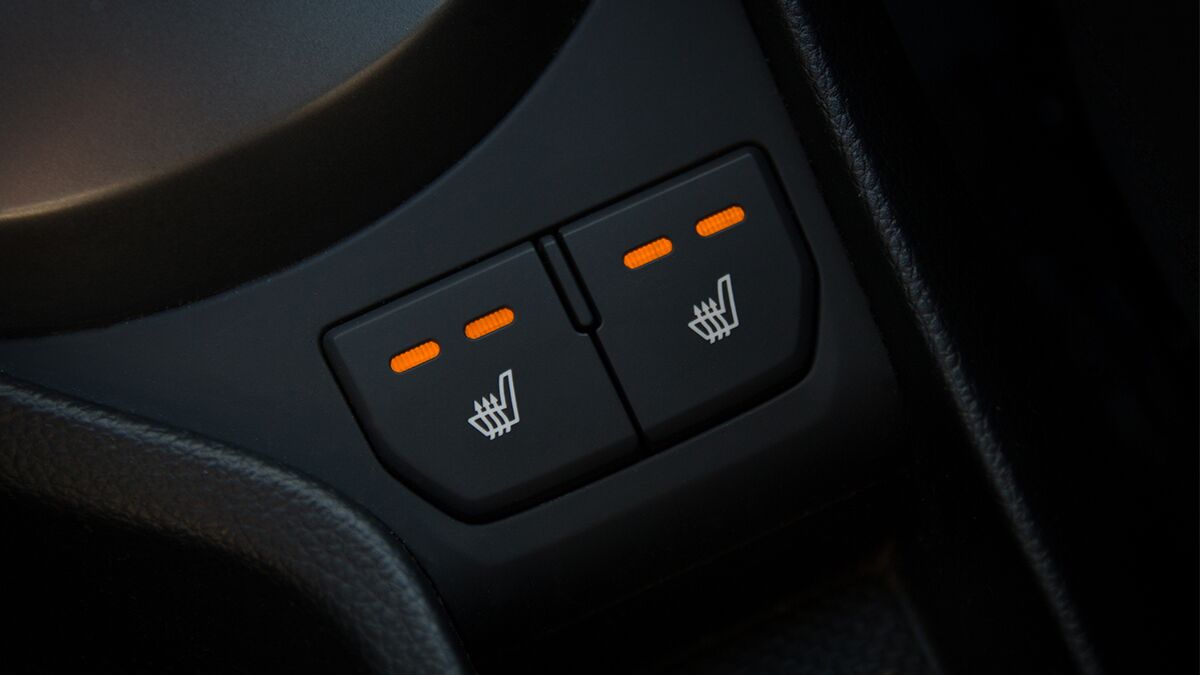After 46 days on strike, America’s auto workers may all return to the job tomorrow.
The United Auto Workers (UAW) union announced a tentative agreement on a new contract with Ford last Wednesday. Over the weekend, the union then announced a similar deal with Stellantis (parent company of Alfa Romeo, Chrysler, Dodge, Fiat, Jeep, and Ram).
Multiple media reports say the union will announce a third and final contract settlement with General Motors this evening. The union has not yet commented on the reports.
The agreements with Stellantis and Ford follow a broadly similar framework. Observers expect GM’s contact offer to stay close to that formula. It includes raises of roughly 25% over four years, allows new hires to reach the highest wage in as little as three years (previous agreements took eight), and reinstates cost-of-living adjustments the union gave up to help the companies survive the 2008 recession.
A Tentative Agreement Isn’t a Final Agreement
Several steps remain before the agreements become contracts. It’s still possible for the tentative agreements to fail and the strike to resume.
The union has a national council for each automaker. They function a bit like congressional committees sending bills to the floor. Each must approve the relevant agreement, sending it to the general membership for a vote.
The union then takes a week or more to educate members on the agreement and let them consider whether to approve it. They’ll vote in local affiliate meetings.
The UAW’s Ford council approved the union’s agreement with Ford on Sunday, but national leaders have not scheduled a vote for members to ratify it. The union’s Stellantis and GM councils must do the same to start the ratification process.
That could take several weeks. If members reject any or all of the agreements, the strike could resume.
Factories Could Resume Quickly
In announcing agreements with both Ford and Stellantis, UAW leaders called on members to return to work immediately, even before voting. If they do the same after tonight’s anticipated GM announcement, that could bring most of America’s car factories back online this week.
What It Means for Shoppers
The likely end of the strike means car shoppers may never see much impact from the work stoppage.
Despite nationwide headlines and sometimes heated rhetoric between UAW leaders and automaker executives, the strike had very limited impact on the supply and prices of new cars.
The average new car price fell in September, even as factories went silent.
America’s car dealers had plenty of warning that a strike was likely this fall and stocked up on new cars to sell in response.
The union also adopted a unique strike tactic, closing just a few factories at first and adding more as negotiations dragged on, which meant many factories never stopped.
With dealers stockpiling and many factories never shuttering, the supply of most models never fell much below normal.
Less than two weeks ago, Cox Automotive Chief Economist Jonathan Smoke predicted, “For dealers and shoppers, there will be no impact for several more weeks to come.”
The strike appears to have ended before “several more weeks” came.
For some models, pre-strike stockpiling may actually drive prices down over the next few weeks. Dealers stockpiled full-size trucks — usually their most profitable vehicles — to prepare for the strike. But the UAW never stopped building the Ford F-150, Chevrolet Suburban, or GMC Sierra.
Dealers now have unusually large inventories of those trucks, with more stored at factories awaiting delivery. We expect them to use discounts to resolve the problem. So, for some shoppers, the strike threat may have made cars more affordable.
What’s Next for the UAW
The union has won three significant victories. But union leaders may have a bigger challenge in front of them.
Most automakers who sell cars in America are not unionized. Workers at American factories owned by foreign automakers and upstart electric vehicle builders like Tesla lack union representation and can’t strike.
They’ve just seen their colleagues at the Detroit Three earn significant concessions from their employers with a strike. UAW President Shawn Fain sees an opportunity.
“One of our biggest goals coming out of this historic contract victory is to organize like we’ve never organized before,” Mr. Fain told members in a speech live streamed on Facebook Live Sunday night.
“When we return to the bargaining table in 2028, it won’t just be with the Big Three. It will be the Big Five or Big Six.”
That’s a significant challenge. Many foreign automakers concentrate their plants in the South, where resistance to unions is traditionally higher.
The New York Times notes, “Volkswagen workers in Chattanooga, Tenn., voted against UAW representation in 2014. Workers at a Nissan plant in Canton, Miss., did the same in 2017. UAW organizers have also tried to win support at a Mercedes-Benz plant in Alabama.”
But organizers can now talk to workers at nonunion plants while headlines proclaim their biggest organizing success in a generation or more.








